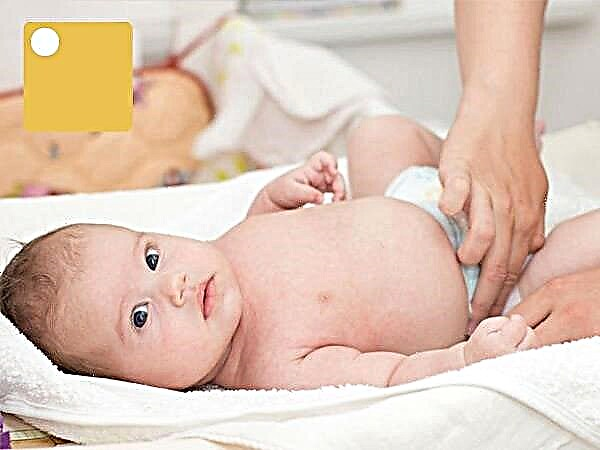
The blood glucose level of the child is determined only if indicated. Why can such an analysis be assigned, how to properly prepare for it and what can its results tell about?
Indications for the analysis
The main indication for the determination of glucose in the blood of a child is the suspicion of type 1 diabetes.
Symptoms such as:
- copious flow of urine
- intense thirst
- a great need for sweets,
- weakness a few hours after eating,
- changes in appetite and mood,
- weight loss.
The baby will also be sent for this analysis if his relatives have diabetes or the baby weighed over 4.5 kilograms at birth.

Where to get tested?
Blood tests are carried out in the laboratories of state polyclinics, as well as in other medical institutions - in hospitals, medical centers, private laboratories.
Training
Since blood is taken on an empty stomach for analysis that determines the level of glucose, and the consumption of food can affect the results, the child should not eat anything for at least 8 hours prior to the study.
In the morning, before you go to donate blood, you can give your child only clean water. In addition, you should not brush your child's teeth in the morning before donating blood, since sugar from the toothpaste is absorbed into the blood through the gums, which can also affect the result.

How to decipher the analysis?
If a child underwent a fasting blood test, then the results are less than 5.5 mmol / liter (for children under 5 years old - less than 5 mmol / liter, and for children in the first year of life - less than 4.4 mmol / liter) are normal.
When the indicator rises above 6.1 mmol / liter, the doctor notes the risk of diabetes mellitus and sends the child for a second analysis to make sure the result is true.
Also, the child may be assigned to the determination of glycated hemoglobin, the norm of which is less than 5.7%. The norm of blood sugar in children was discussed in more detail in another article.



